Wilmot, near the southern border of Wisconsin, was named as a joke; a joke that may have made sense at the time, but definitely needed some research to understand today (at least we needed to do a little research).
According to 1879’s “The History of Racine and Kenosha Counties,” a meeting was called in 1848 (the same year Wisconsin became a state) to name the village. One attendee suggested Wilmot in reference to the “Wilmot Proviso” an ultimately unsuccessful proposal of the time in Congress to ban slavery in territory acquired from Mexico in the Mexican–American War. While offered apparently flippantly, it was ratified as motion and so nominated.
Since its incorporation into Salem Lakes, it is no longer a census-designated place, but thanks to the C.E. Dewey Lantern Slide Collection from the Kenosha History Center and Kenosha Public Library, we can spend some time in this historic Wisconsin location.
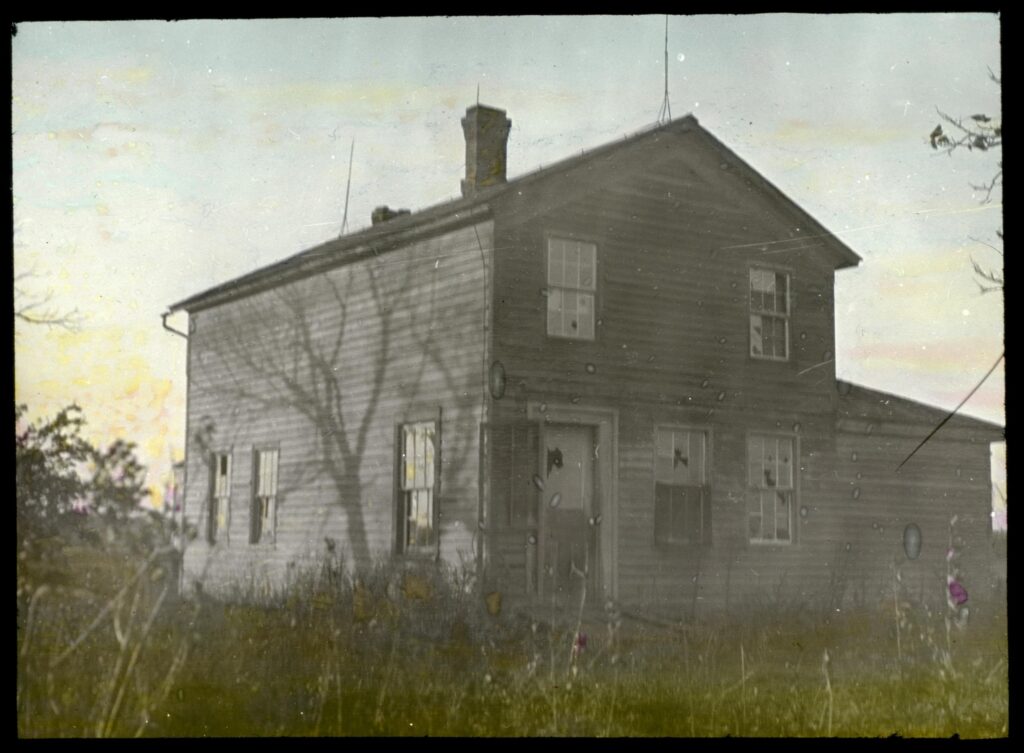
This old house was located on the Voak Farm on the Wilmot-Silver Lake Road, on the east side of the Fox River, north of the Wilmot-Kenosha Road. At the time this picture was taken the house was not occupied. A letter from a Wilmot resident indicated that general opinion was that the house was originally built by A. W. Benham, the first settler recorded in Wilmot in 1844. The house was moved by Charles Voak to the Voak Brothers farm to be used as a tenant house in 1893.
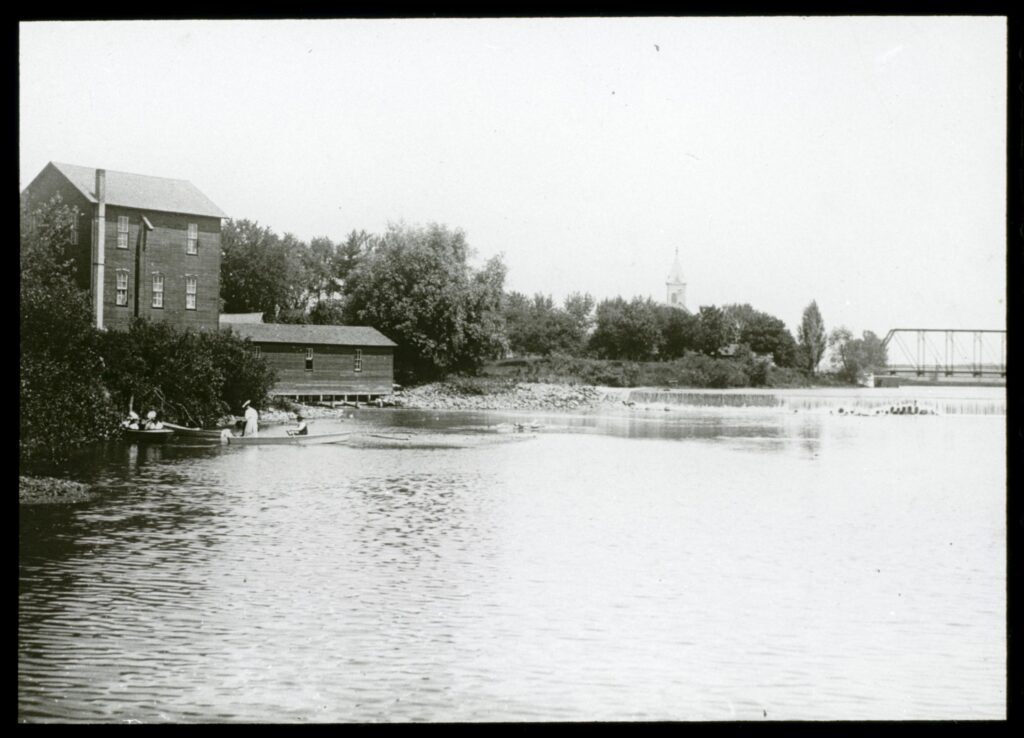
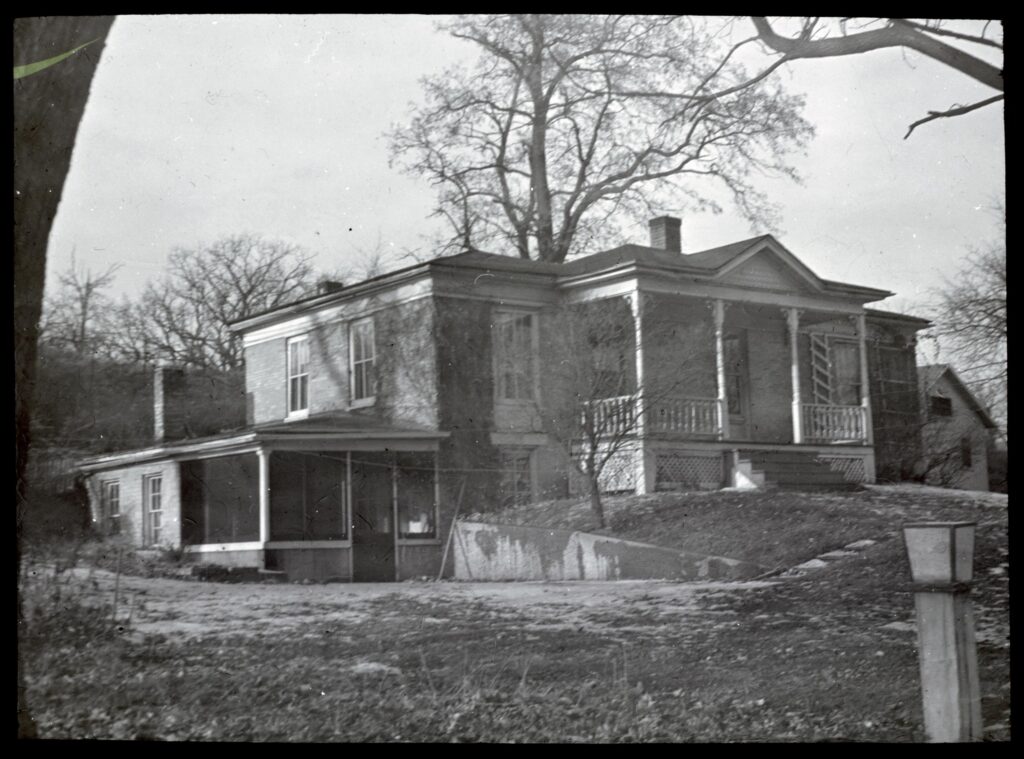
This “little house in the side of a hill” was located on Main Street of Wilmot. The house was built by Mr. A. W. Benham in 1848, and it and the brick house to the north of it were the first brick houses built in Wilmot.

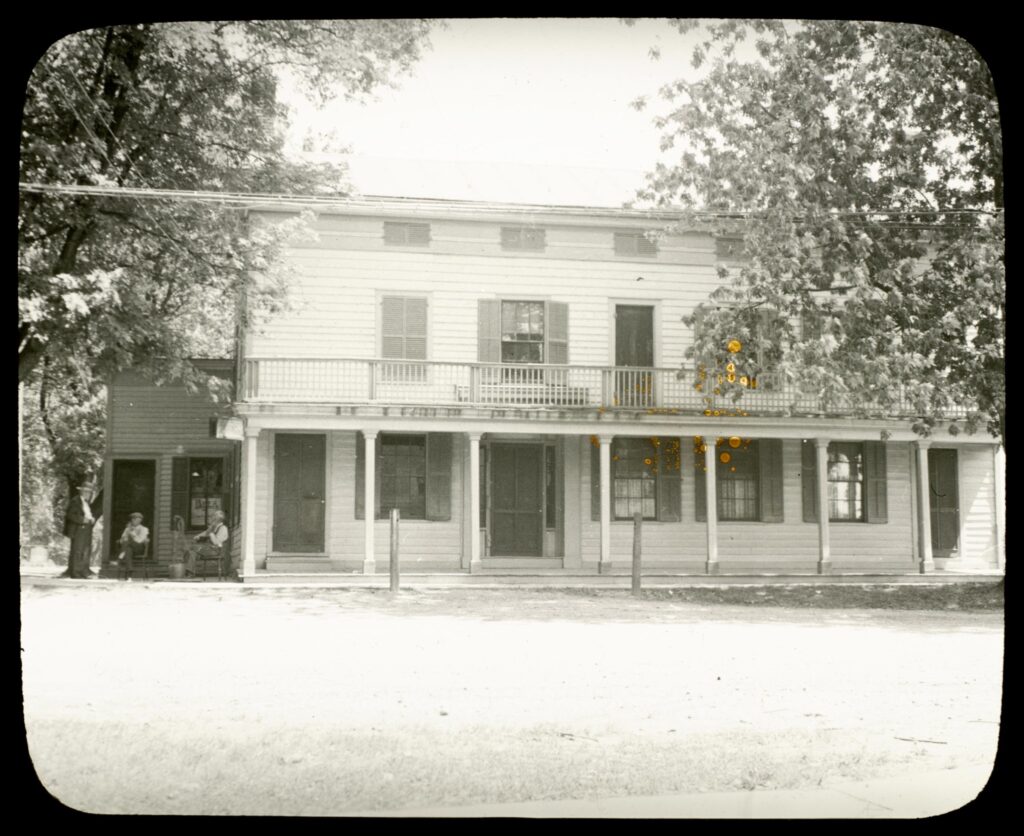
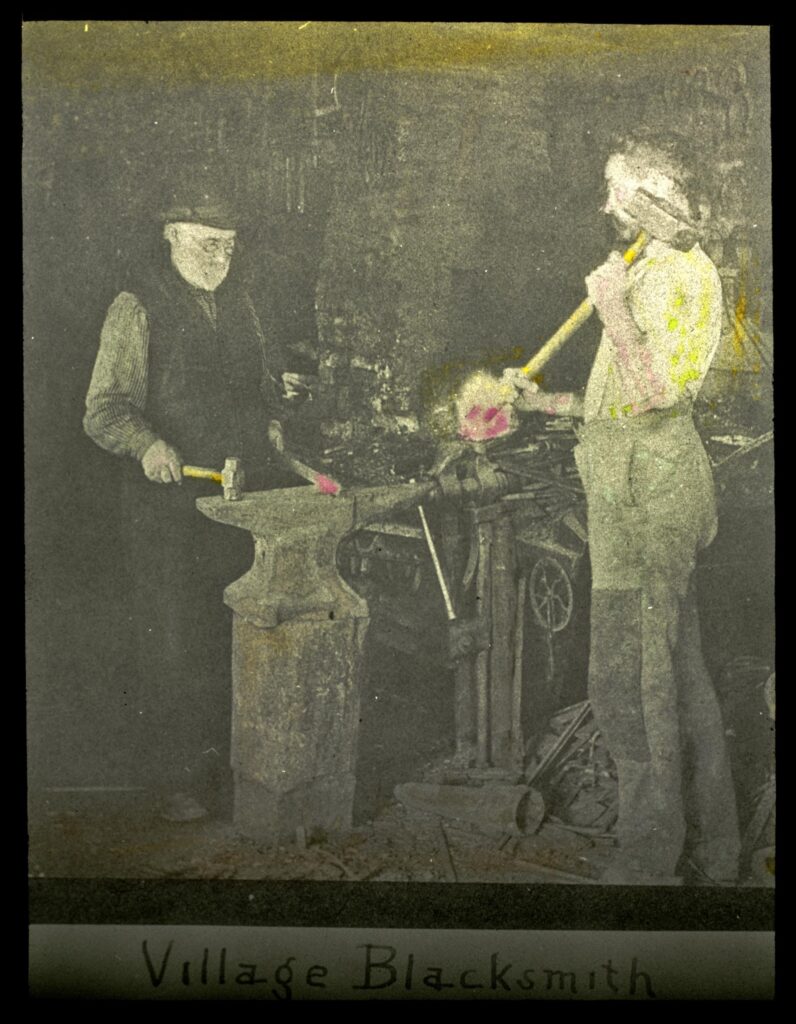
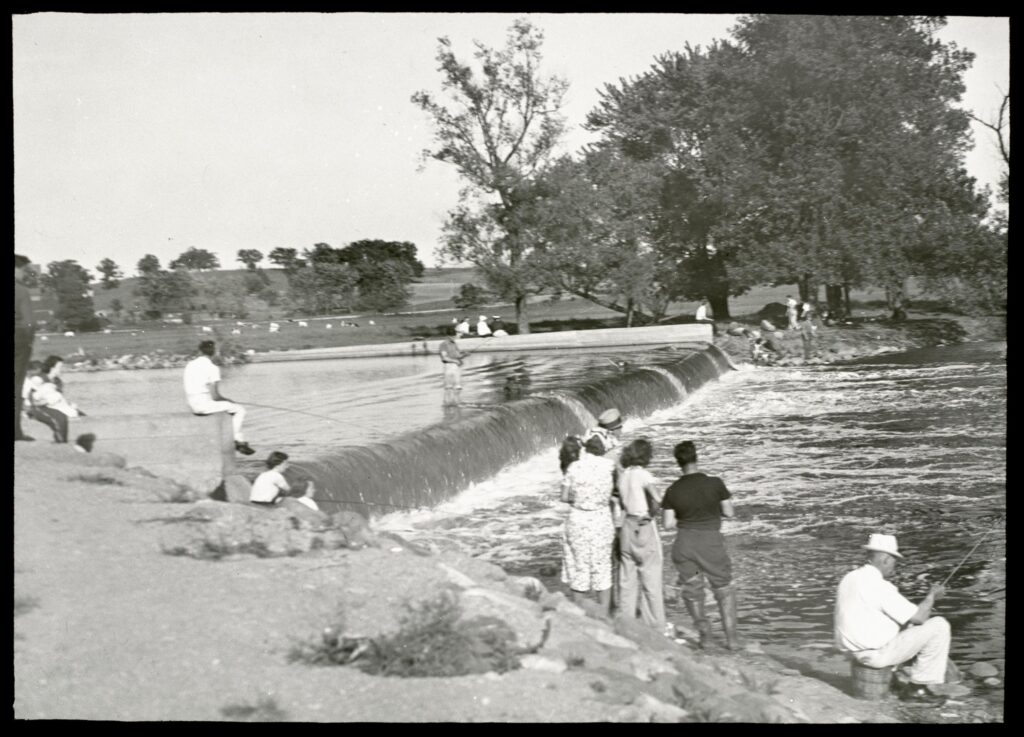


You must be logged in to post a comment.